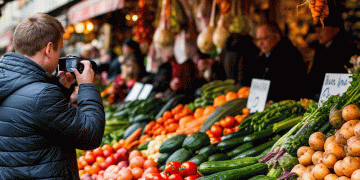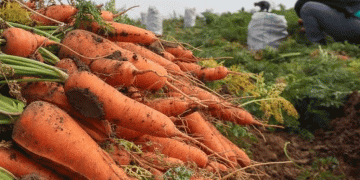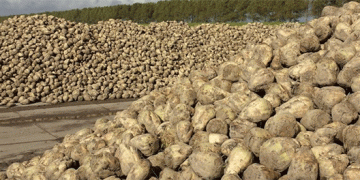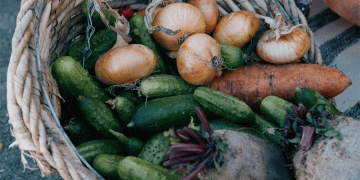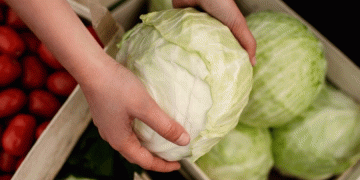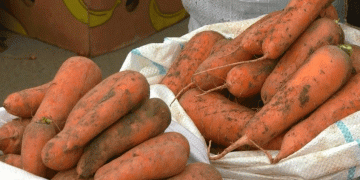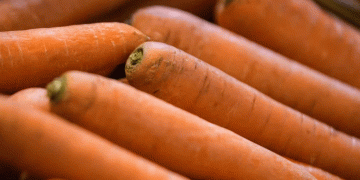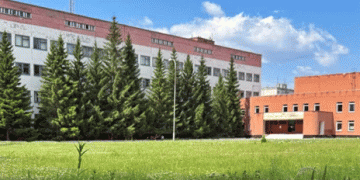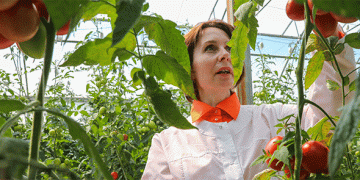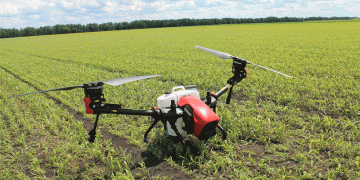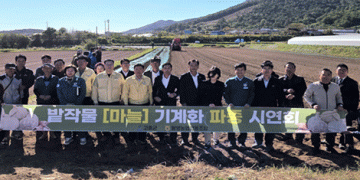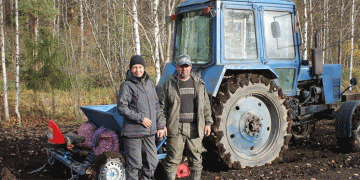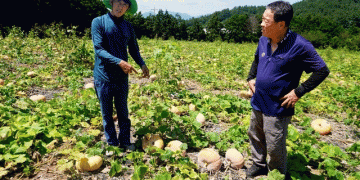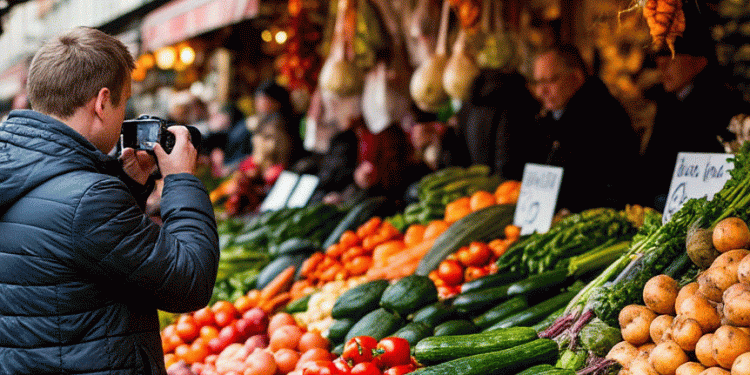Polish markets near the Czech border are experiencing a resurgence of Czech buyers, filling parking lots and boosting sales of fresh and processed agricultural goods. According to traders in Zabelkówka, Czech shoppers are particularly interested in pickled cucumbers, dill, young potatoes, blueberries, onions, garlic, and other seasonal produce. Vendors like Ms. Małgorzata offer competitive prices—potatoes at 9 CZK/kg (≈0.36 EUR) and pickled cucumbers at 35 CZK/kg (≈1.40 EUR)—making Polish markets an attractive alternative to higher domestic prices in the Czech Republic.
Price Disparities and Tax Policies Fuel Cross-Border Trade
The return of Czech buyers follows Poland’s reduction of VAT on food from 0% to 5% in 2023, which, despite the increase, remains lower than the Czech Republic’s 15% VAT rate. Shoppers like Pavel Jurečka note that even with the tax adjustment, Polish markets and supermarkets (e.g., Biedronka, Dino) offer better deals. For instance, Czech consumers report savings of up to 25% on nuts, dried fruits, and household items like detergent (100 CZK for 5 liters).
Data from Eurostat (2023) confirms that food prices in Poland are among the lowest in the EU, averaging 30% below Czech prices. This disparity is exacerbated by inflation in the Czech Republic, where food prices rose by 12% year-on-year in 2023 (Czech Statistical Office).
Quality and Variety as Additional Draws
Beyond affordability, Czech buyers praise the quality of Polish goods, including smoked meats, cheeses, and marinated fish. A shopper from Ostrava highlighted the superior taste of Polish sausages and herring, while others noted the convenience of paying in Czech koruna or by card.
The influx of Czech buyers into Polish markets underscores the importance of competitive pricing, tax policies, and product quality in agricultural trade. For Polish farmers and agribusinesses, this trend represents a lucrative opportunity to expand cross-border sales. Meanwhile, Czech consumers’ reliance on Polish markets signals broader economic pressures, including inflation and high domestic production costs. Policymakers and farmers in both countries should take note: strategic pricing, tax adjustments, and quality control can strengthen regional agricultural markets.
